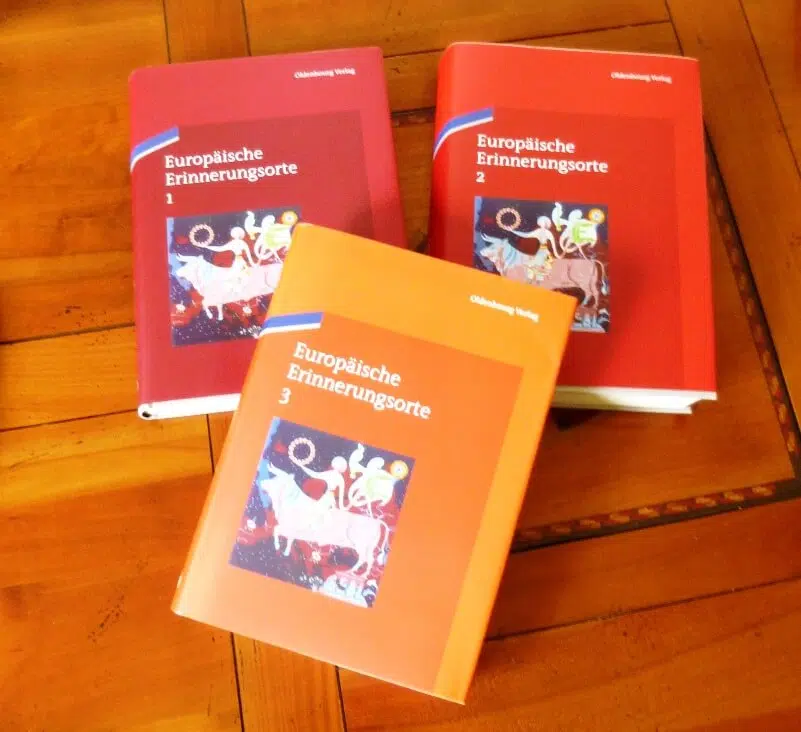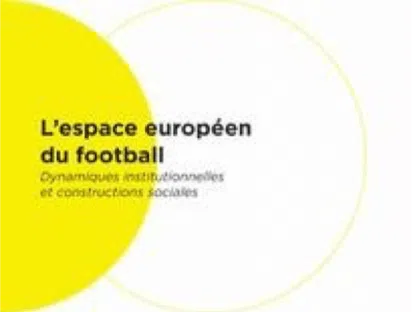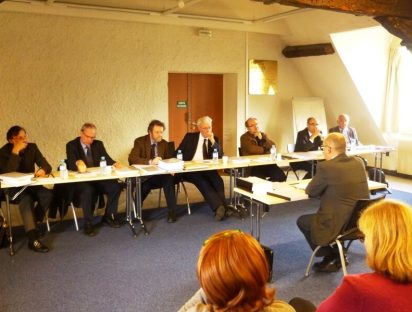One thousand pages on the fundamental elements of Europeanness. One thousand pages on concepts and events, pieces of art and objects of consumption, on all these things that made Europe into what it is today. One thousand pages, three volumes, more than 120 entries by authors from over 15 countries, and not a single word on sport (or pop music, or cinema, for that matter). How can it be that this remarkable collective endeavour of conceptualising and bringing together European Lieux de mémoire (1) suffers from such a large blind spot when it comes to mass culture?
In the third volume, this is particularly bewildering. Under the heading ‘Europe and the world’, this part of the series wishes explicitly to analyse how European influence has been received and acculturated by the world before being ‘re-imported to Europe in a different form’. Of course, colonialism, economic globalisation, racism, emigration etc. play an important role here, but what about football, the Beatles or the French film pioneers? Are these not relevant as cultural exports? Have they nothing to say about what it means to be European today?
When Pierre Nora, with his seven volumes of French Lieux de mémoire, published between 1986 and 1993, not only coined a very successful new expression, but actually founded an entire stream of historical research, he wanted to establish a rather exhaustive ‘inventory of material and immaterial places, in which collective memory is anchored’. The focus was no longer on the event as such, but on the manner in which its meaning was constructed over time and consolidated in collective memory. It is public discourse that turns a historical event, topographical place, real or fictional persons into an anchor point of memory and identity.
This discourse is framed by an elite. As nationalism research has shown extensively, national memories in Europe were created top-down by national elites who were successful in convincing the masses what elements were to be selected (or invented) and considered meaningful. What a pity that a vast majority of memory researchers still adopt this same elite perspective.
In the huge (and often interesting) literature based on Pierre Nora’s seminal concept I only found two small exceptions. In the 2nd volume of the German Lieux de mémoire published in 2001, Gunter Gebauer was allowed to contribute an entry on the Bundesliga; and the more recent 3rd volume of the German-Polish ‘Erinnerungsorte’ (2012) includes a contribution by Diethelm Blecking on the (comparative) construction of meaning of specific football ‘miracles’. Some thirty pages among several thousands.
This is disappointing. And at the same time encouraging. The story of the contribution of football to European collective memory still has to be written. It is time to realise that in our communication environment dominated by audiovisual and increasingly social media, public discourse on what deserves to be remembered is no longer unilaterally determined by politicians, historians and editorialists. Of course, official collective memory still exists and continues to be cultivated, but is being complemented by a new kind of ‘wiki-memory’, which shifts the definition of what is ‘important’ to remember. And ‘importance’, even more so than beauty, lies in the eyes of the beholder.
Selected readings from the lieux de mémoire literature:
Nora, Pierre (ed.), Lieux de mémoire, 7 vol., Paris: Gallimard, 1986-1993; available in a three-volume paperback version (1997), 9 407 pages.
François, Etienne and Schulze, Hagen (eds.), Deutsche Erinnerungsorte, 3 vol., Munich: Beck, 2001; available in a three-volume paperback version (2009), 2 252 pages.
Möller, Horst and Morizet, Jacques (eds.), Deutsche und Franzosen. Orte der gemeinsamen Geschichte, Munich: Beck, 1996, 307 pages.
Hahn, Hans-Henning and Traba, Robert (eds.), Deutsch-polnische Erinnerungsorte, 5 vol., Paderborn: Schoeningh, 2012-2013, 2 490 pages.
[cite]





